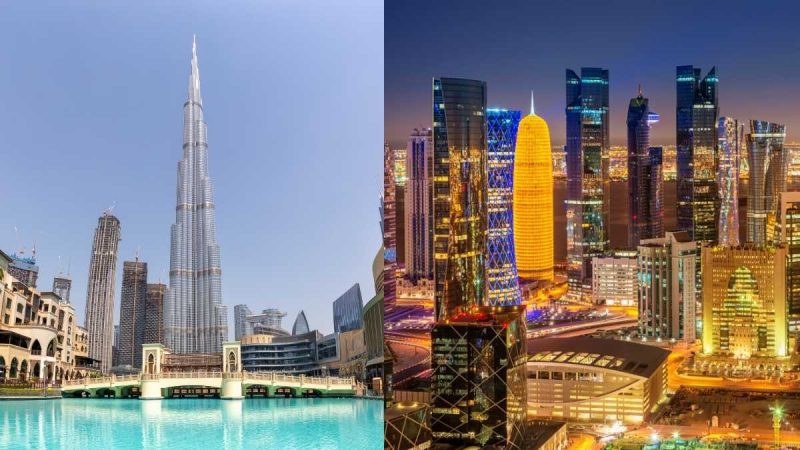In a world where cities compete as fiercely as tech brands, Dubai and Doha are the recent stars from the Middle East on the latest City Competitiveness Redefined Tracker. This global tracker, released by sustainable development consultancy Arup, takes a fresh look at what makes cities future-proof. It’s no longer just about flashy infrastructure and economic output. Climate action, liveability, and governance are now the new buzzwords, and Dubai’s efforts have set it on the right course, with a bit of room for improvement.
Dubai Climbs The Ladder But Aims Higher
Dubai, with its glimmering skyscrapers and business-friendly environment, landed in the Contender category, the third-highest ranking out of five. The tracker lauds the city’s efforts to create:
- A safe business climate with attractive returns
- Global connectivity through world-class transport links
- Modern infrastructure supporting rapid economic growth
But, the report signals some areas where Dubai can shine brighter:
- Enhanced public transport to boost mobility
- Better walkability for residents and visitors
- Climate action to keep up with global urban resilience trends
Doha, Dubai’s neighbour, came in one rank below as an Aspiring city. Doha earns praise for its digital infrastructure and political stability but faces similar challenges in climate planning and public mobility.
Ranking The Cities: Who’s Leading The Pack?
Here’s how cities stack up according to their competitive ranking:
1. Best in Class:
Paris
Vancouver
Singapore
2. Leaders:
Seoul
Melbourne
Buenos Aires
3. Contenders: Dubai
4. Aspiring: Doha
5. Emerging: Lima
Interestingly, Lima is making waves in investor attractiveness, thanks to its growing role in green finance. This tracker flips conventional assumptions on their head, suggesting that cities once under the radar may become tomorrow’s powerhouses.
Also Read:Dubai Ranks Third In The List Of The Most Prominent Cities In The World!
Why Climate Action Is The New Currency
The report offers a reality check: Cities that fail to manage climate risks will struggle to retain their competitive edge. The World Bank warns that 1.8 billion people now face flood risks, and by 2050, the number of cities experiencing temperatures above 35°C will triple.
The tracker evaluates cities against 37 key indicators across four categories:
- Investor Attractiveness: How well a city draws in business and talent
- Assets and Infrastructure: Quality of roads, transport, and utilities
- Liveability: Factors like walkability, health, and leisure options
- Governance: City management and environmental policies
The authors stress that climate resilience will define tomorrow’s winners. Forward-thinking cities that act on sustainability can attract investors and talent, while those lagging behind risk being left out in the cold.
Cover Image Courtesy: Canva Stock Images
For more such snackable content, interesting discoveries and the latest updates on food, travel and experiences in your city, download the Curly Tales App. Download HERE.

